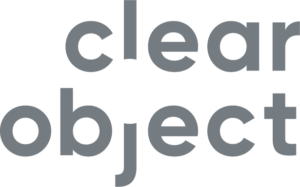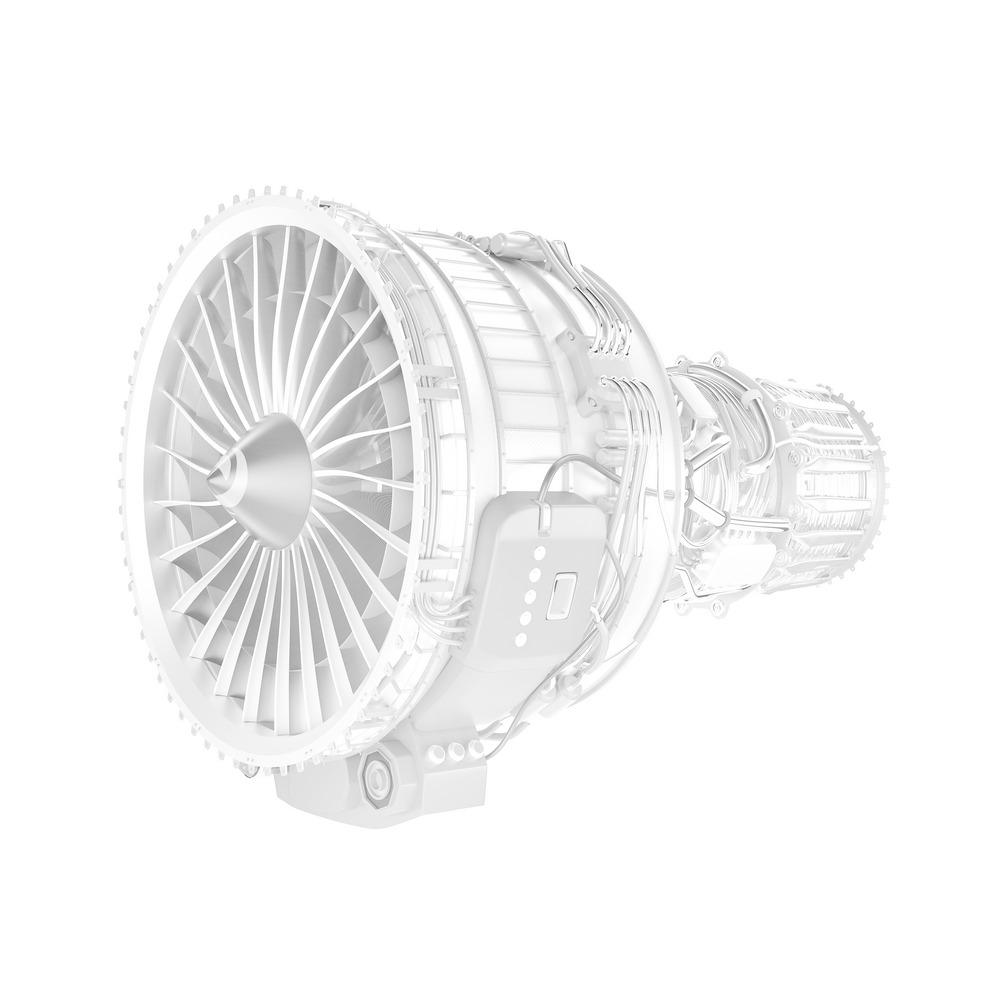Industries and enterprises of every kind are in the middle of the digital transformation. And the digital economy. And the data-driven economy.
Which is really nothing new since these business markers have all been around for a few years now.
What is new, however, is that more enterprises in the IoT arena will enter 2020 paying closer attention to the IoT data they generate and the potential gold mine it presents. Or, at the least, they should be paying closer attention to forthcoming IoT trends and their own IoT projects.
Because within the digital transformation, IoT products and services don’t just improve operations, efficiency, and experiences for customers. They can also greatly increase the volume and accuracy IoT data and improve its value.
In 2020, various dynamics of the digital transformation—and the digital economy and the data-driven economy—will make IoT projects and IoT data more critical in enterprises of all kinds. Here are five of them to take note of.
In the global datasphere, ginormous data will make big data look small
Analysts at IDC say the digital data created, captured, replicated and consumed will grow from 40 zettabytes in 2019 to 175 zettabytes in 2025. The outlook applies to the amount of IoT data to be generated, plus real-time data and the data that enterprises create and manage.
Put in perspective, one zettabyte is equal to one trillion gigabytes. Put in perspective again, enterprises will be the sources of nearly 60% of the 175 zettabytes of data to be created and managed by 2025, which will be twice the amount of data enterprises generated in 2015.
As far as IoT trends in 2020, enterprises should 1) expect a significant bump in the volume of data to be generated and managed, and 2) prepare even more for the onslaught being predicted.
Many enterprises will need to rethink IoT, AI and machine learning for the data-driven economy
Especially with ginormous data on the horizon, most enterprises and their workforces are just not equipped to analyze IoT data in such large volumes. Nor do many enterprises understand the worth of the data they have. Enterprises in this position should therefore view IoT technologies as their backbone both for analyzing IoT data in significant volumes and determining its value.
To make this process more efficient and ensure higher degrees of data accuracy, IoT products and services are increasingly incorporating AI and machine learning examples and models. An added step is using ML to augment human work for data analytics efficiency rather than automating entire processes, which some adopters originally believed machine learning was intended to do.
Yet as the adage goes, there’s a method to the madness. Given the potential of IoT with AI, enterprises using this duo to the greatest effect right now are the ones that “begin with the end in mind.”
That is, they first focus on problems they want to solve, new opportunities they want to pursue, and outcomes for use cases. They then base the strategy of their IoT projects on understanding how to queue these use cases for value.
And instead of simply collecting and storing IoT data and not quite knowing what to do with it, smart enterprises are now using IoT and AI more actively to innovate new digital products and data services their customers are willing to pay for. This is one of the IoT trends that will gain momentum in 2020.
Data as a Service will make IoT data an even more valuable commodity
All the IoT data coming from connected assets gives businesses a knowledgebase to gauge how consumers are using their products and services. It lets business leaders see ways to improve an IoT product or service and identify potential opportunities in a given market.
Does this make IoT data a valuable business tool, or a value-producing product in and of itself?
Either way, businesses are learning that more data from IoT products helps them make more informed and well-reasoned business decisions. And as assets continue to transform from physical products to digital ones, businesses and entire industries are looking at ways to monetize IoT data to be used in the decision-making process.
In 2020, Data as a Service (DaaS) will continue to make IoT data an even more valuable commodity. In fact, in one of the more lucrative IoT trends, up to 90% of large enterprises are projected to be generating revenue from DaaS by next year. While companies will still use IoT data in a proprietary way to maximize their operations and differentiate their own IoT products and services, DaaS will let them also share their “solutions” throughout their industry—for a fee.
Prescriptive analytics will take IoT data and business intelligence in a new direction
Predictive analytics let a business forecast possible options and outcomes. The model is tried and true, but it’s also dated.
In a converse approach, prescriptive analytics go beyond forecasting and instead propose a range of actions a business can take and the probable outcomes of those actions. For IoT data, this type of analyzation will make a continued impact in 2020 as more tools become available for prescriptive analytics. Likewise, the more data to analyze, the better.
Driving the transition will be industries that use prescriptive analytics to assess supply, demand, pricing, and industry impacts when these and other market factors change. Enterprises will also use prescriptive analytics in conjunction with predictive analytics for business intelligence that gives executives insight, as well as foresight.
AI, IoT and the data-driven economy will change the perception of jobs and education
We just recently blogged about this topic, but the gist is: While AI is expected to eliminate 1.8 million jobs in 2020 according to analysts at Gartner, it will create 2.3 million new jobs during the same period. By 2025, AI-related job creation will reach 2 million net-new jobs. Education, healthcare, and the public sector are the frontrunners for these jobs, as is energy and particularly solar-powered energy.
Right now, it’s estimated there are roughly 300,000 AI professionals worldwide. But to fill the millions more positions coming up in the AI field alone, enterprises will need to be creative. A best case would be recruiting workers who already have AI backgrounds—although those odds aren’t favorable given the relatively small pool of experienced workers.
A more probable case would be training or retraining existing employees in AI and IoT technologies, and even using ML to augment human work for things like IoT data analytics. ClearObject CEO John McDonald addressed the issue more than a year ago. For the data-driven economy, he said, enterprises and industries as a whole must change their perception of jobs and education and the impact data will continue to make.
“Our current educational and economic climate is an early indicator that this (current) generation of individuals understand that the data economy requires a different skill set. Yet our education system isn’t designed to retrain tens of thousands or millions of people to become part of the data set that the data-driven economy will require.”
Indiana University just took a step in that direction when IU alumnus and IT pioneer Fred Luddy gifted $60 million to IU’s School of Informatics, Computing and Engineering. The funding will help establish a multidisciplinary initiative in AI, with an initial focus on AI-based approaches to digital health.
2020 will be a good time to accelerate the training movement for AI and IoT even more. Upcoming IoT trends demand it, as does an economy increasingly driven by data.
Contact Us
ClearObject is already geared up for 2020 and whatever IoT brings, including our Top 10 predictions for the year. (Look for the list coming soon.) Meantime, contact us for your IoT engagement and we’ll help you make the most of it.
#iottrends #iotdata #iotprojects #iotproducts

